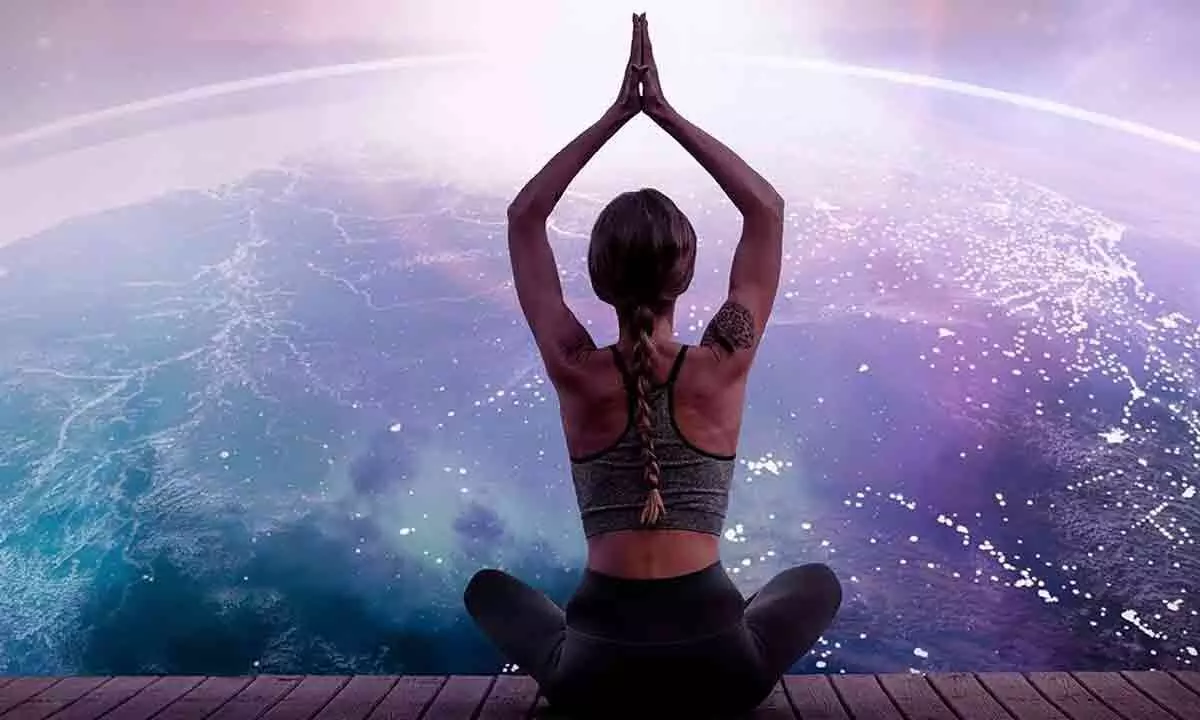Integrating spiritual practices with holistic well-being

First and foremost, yoga provides a space for us to reconnect with our mind and bodies
First and foremost, yoga provides a space for us to reconnect with our mind and bodies. In the hustle and bustle of daily life, it’s easy to lose touch with ourselves. Yoga encourages mindful movement, allowing us to become aware of our bodies and the sensations within. Through various asanas (poses), individuals can explore their flexibility, strength, and balance, fostering a deeper understanding and appreciation for their physical selves.
Breath awareness through pranayama
Breath awareness is a fundamental aspect of yoga that contributes significantly to self-care. Many of us experience stress and anxiety, often neglecting the importance of conscious breathing. Yoga teaches techniques like pranayama, which involves controlled breathing exercises. By incorporating these practices, we can calm the nervous systems, reduce stress levels, and enhance overall well-being.
Mental health and well being
Moreover, yoga serves as a sanctuary for mental health. The meditative aspects of the practice offer a respite from the constant chatter of the mind. People can find solace in the present moment, letting go of worries about the past or future. Mindfulness, cultivated through yoga, becomes a valuable tool for managing stress and improving mental clarity.
Physical health and emotional regulation
In the realm of self-care, it’s essential to address the emotional well-being of mankind. Yoga provides a safe space for individuals to explore and process their emotions. Certain poses, such as heart-opening postures, can be particularly beneficial in releasing pent-up emotions and promoting a sense of emotional balance. The meditative and reflective nature of yoga encourages us to embrace feelings without judgment, fostering self-compassion.
Spiritual practices - Siddho Hum Kriya
There are 5 steps to practising the Siddho Hum Abhyas, the Disha (direction) to face is east. This practice is ideal when done during sunrise, and each step is to be held for 1 minute.
Samasthithi – I am part of this existence, and I exist eternally in the past, present and the future.
l Keep your feet together
l Stand with your spine aligned and in an erect posture
l Keep your arms beside, and extend them slightly away from your body
l Keep your palms turned outward
Gently close your eyes
Pranam – Bow down to the Universe for all your blessings
l Begin with Samasthithi
l Join your palms in front of your chest in such a manner that your elbows are aligned with your wrists.
l Gently close your eyes and bow down
Pukar Stithi – Prayer asking the Universe for energy, knowledge
l Keep your feet together
l Stand with your spine aligned and in an erect posture
l Stretch your arms up straight and spreading them at a 45 degree angle and turn your palms inward
l Gently close your eyes
Prapti Stithi
l Keep your feet together
l Stand with your spine aligned and in an erect posture
l Stretch your arms out forward in front of your chest turning your palms upward in the shape of a cup or a container
l Gently close your eyes
Kritagyata – Offering your gratitude for what you received
l Keep your feet together
l Stand with your spine aligned and in an erect posture
l Place your palms on your heart
l Gently close your eyes
Benefits of Siddho Hum Kriya
Some of the benefits ensure that practicing this kriya regulates your blood circulation, and balances your blood pressure. As a result, you will notice that it can cure lifestyle diseases because it acts as a stress reliever. Siddho Hum Kriya calms the mind and removes anxiety, anger and irritability. It stretches and gives strength to your whole body. It rejuvenates your body. This technique is also very useful in relieving headache, fatigue and insomnia.
(The writer is the Founder of Akshar Yoga Kendraa)



















